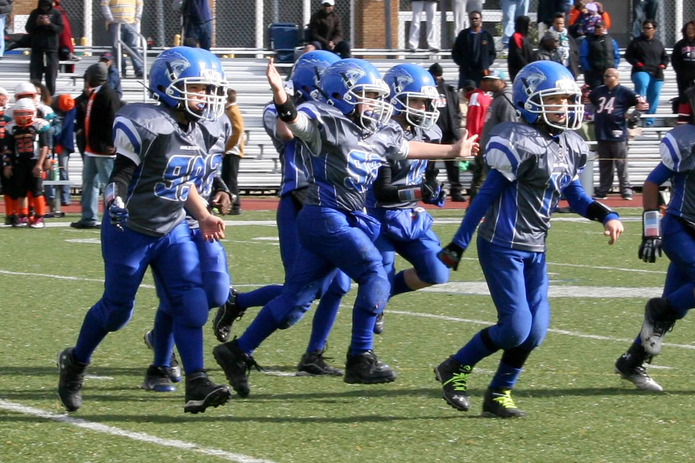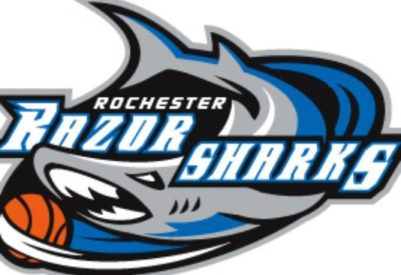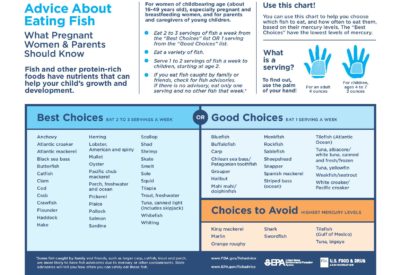
Young Amateur Athletes at Risk of CTE, Study Finds
First, there are some caveats and limitations to the study: 152 young brain donors were studied - and while 63 had CTE, a degenerative brain disorder – we have no denominator – i.e., there is no comparator regarding how many young people played contact sports overall to let us know how common this condition is in the general population.
One estimate notes that 5.23 million kids play football at least once a year. This study suggests that repetitive head injuries (RHI) for a few years caused disease, not an isolated frolic.
The sports involved were diverse – including football, ice hockey, soccer, rugby, and wrestling, and most of the cohort (84%) were young amateurs, youth, high school, or college competitive.
But all, regardless of whether they had a pathologic diagnosis of CTE (which can only be diagnosed posthumously), had clinical signs and symptoms of neurological syndromes, including depression, apathy, difficulty concentrating, and decision-making issues.
Chronic Traumatic Encephalopathy (CTE)
It takes time for the neurological damage to mount and the neuroinflammatory changes to affect the player. Most deaths were neither immediate nor direct but rather behavior-related. That’s where RHI seems to wreak its havoc.
All deaths reported in this nested subset of 1350 donors were under 30, and the deaths were primarily caused by suicide or unintentional overdose, hard to pin on one isolated cause.
To understand the link between CTE and serious neurological conditions, we need to take a longer-term view. Those with the most severe cases of CTE averaged age 25, with death a decade or more after their initial exposure.
Other delayed conditions associated with head injury include Parkinson’s disease, and some research suggests an association with ALS (Lou Gehrig’s disease).
Regardless of observable brain changes, all members of this young and now dead cohort manifested neurological signs and symptoms – per surveys with next of kin.
The conditions included cognitive, behavioral, and mood symptoms, with 50% having clinically meaningful symptoms of executive dysfunction.
But even so, we are talking about RHI – repetitive head trauma, not isolated instances, and the length of exposure (the duration of play, the level of play, and older age) played a role in the likely outcome. As the researchers write, “not all individuals exposed to RHI will develop CTE” - only 42% of them.
In July, a larger study of 631 football players corroborated the findings—those who played longer and had more RHI (or concussions) and a greater likelihood of CTE.
Athletes, who theoretically should be in better physical shape, died on average at age 59. Yet another study found that of 111 NFL payers, 110 had CTE. Perhaps these megastars, with their mega salaries, think the risk is worth it. Let’s see.
First, let’s backtrack and look at data on concussions- isolated head injuries -- before focusing on repetitive head injuries.
“The injuries were significantly associated with increased odds of feeling sad/hopeless (adjusted OR = 1.2), suicidal ideations (adjusted OR = 1.25), suicide attempt (adjusted OR = 1.6) and suicide attempt treated by a doctor/nurse (adjusted OR = 2.35).”
Sports-related head injury increases the likelihood of suicide. But other mood disorders were prevalent as well.: One large study found that 15% of high school students reported a sports-related concussion in one year.
Head injuries of any type aren’t good for you. One cohort of 13,037 adults studied between 1987 and 2019 revealed that all-cause mortality was higher among those with head injuries, and the number and severity of head trauma increased the risk further.
So getting hit on the head isn’t a good idea – and having your brain rattle around within the skull isn’t “safe”. But neither are cars, planes, bikes, or elections.
A group of veteran professional football and hockey players recently convened to discuss the CTE studies. Their verdict varied.
Some assuage their conscience about letting their kids play; concussion care has significantly improved since their day. The NHL now has a concussion protocol. But that doesn’t stop one football star from worrying about CTE and lamenting:
“The mental capacity side is the one thing you dread most. I wish the worst thing that I had to worry about was arthritis and joint replacement – that’d be wonderful.”
– 13-year veteran Randy Cross, SF 49ers
Another said he knew when he signed up for pro football that there was a potential of getting injuries, but not all were known to him when he first entered the league.
“Severe brain damage is not something I signed up for. ….CTE is a real issue for me on a daily basis… over time, the amount of concussions has taken a toll on my total wellness and my ability to recall data clearly most of the time… .”
- 12-year veteran Leonard Marshall, NY Giants
Yet another said:
“I’m always cognizant of the fact that I damaged my brain… I do worry and am concerned a bit about [what] the future holds.”
- 15-year veteran Keith Primeau, Detroit Red Wings and Philadelphia Flyers
Randy Cross suggested that the family’s primary care provider should fill this critical role, assigning no responsibility to the team physician, coach, or specialists.
Education is crucial - for parents, teachers, and coaches, especially those coaching youth and teens in school or community-sponsored travel leagues.
Perhaps the best education comes from a complete listing of potential hazards, providing truly informed consent, and allowing for the voluntary assumption of all reasonable risks. Then, let the parents and players decide.
Given the current data, head injury and ensuing sequelae are surely foreseeable. Better helmets and stricter rules might prevent some harm. But a clear, carefully worded warning is a simple and cost-effective precaution that can be taken now.






